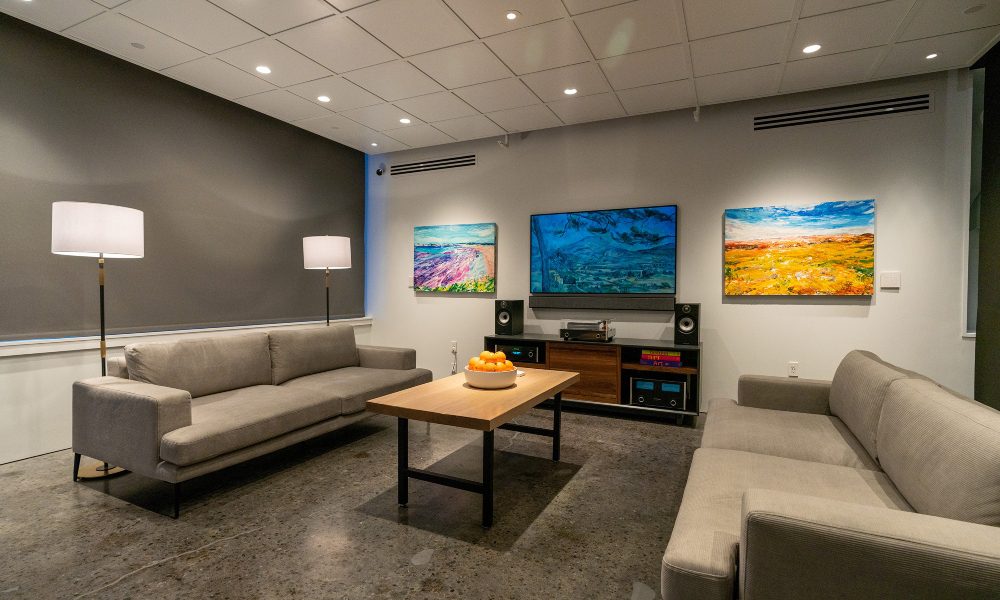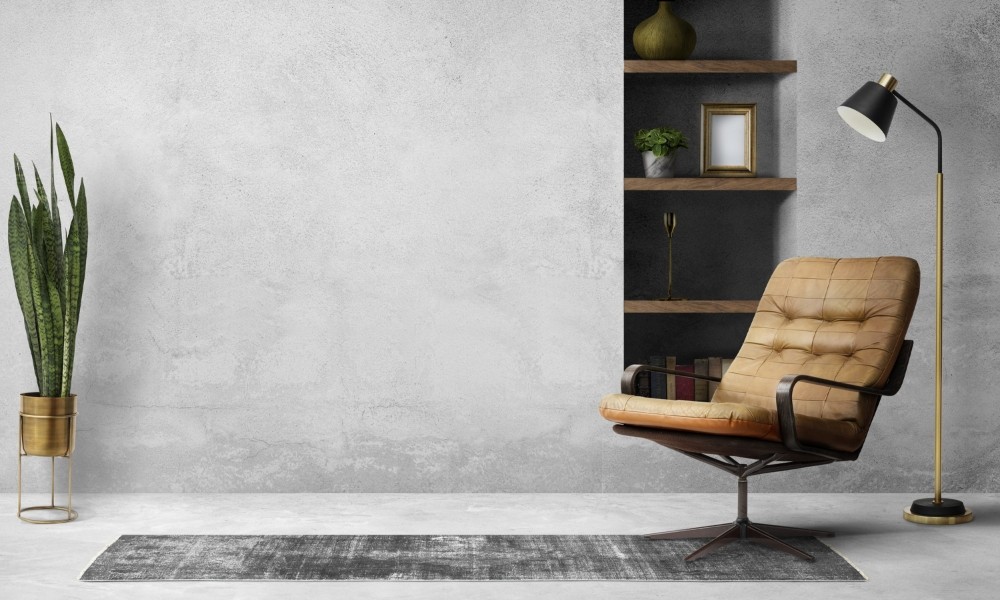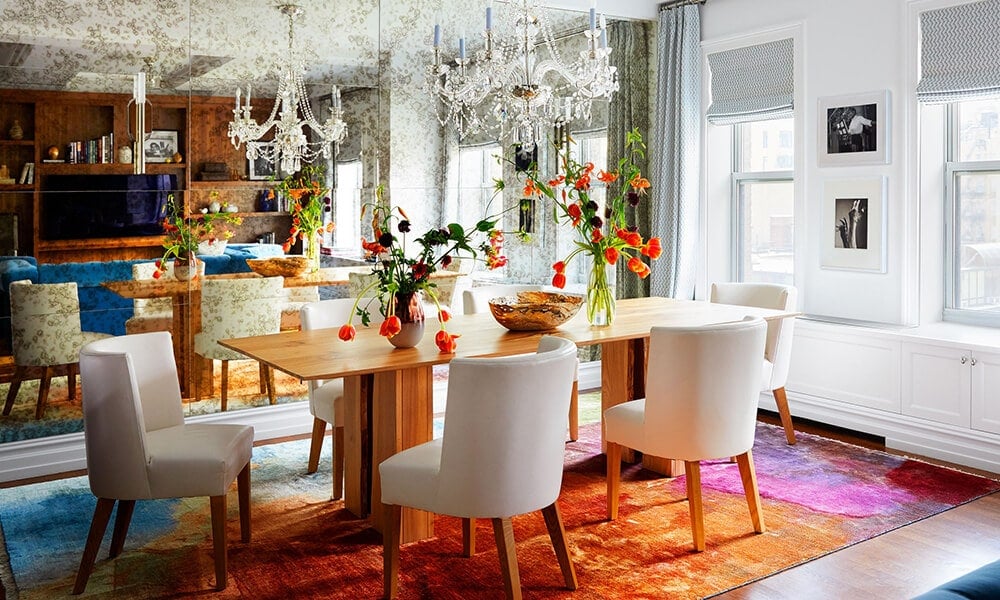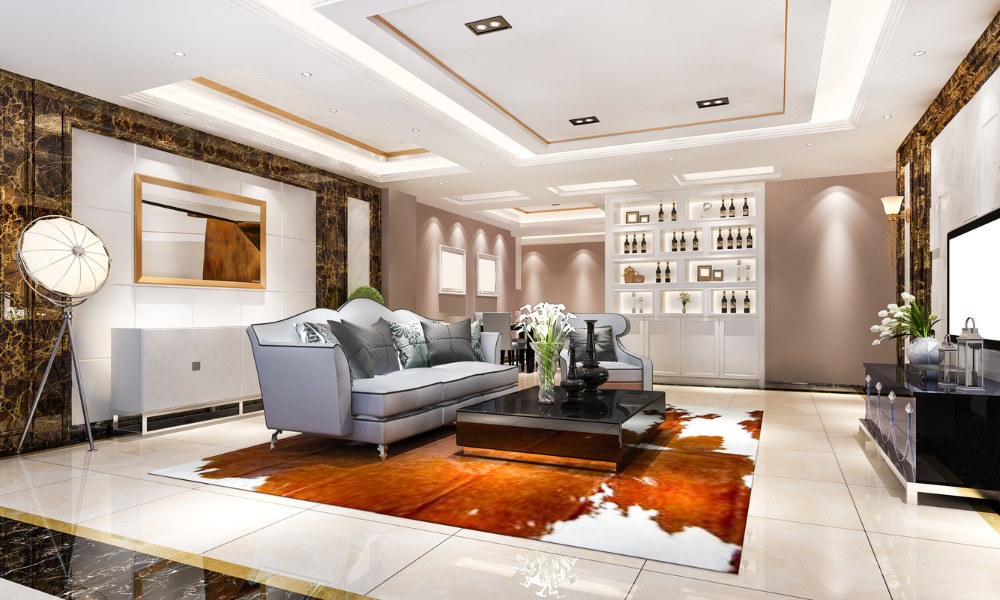Lighting is an essential aspect of any space, as it can create different moods, enhance functionality, and add visual interest. However, choosing the right type of lighting for different spaces can be challenging, as there are various factors to consider, such as the purpose of the space, the style of the decor, and personal preferences. In this article, we will provide some tips on how to choose the right type of lighting for different spaces.
1. Identify the Purpose of the Space
The first step in choosing the right type of lighting for a space is to identify its purpose. For instance, a bedroom may require soft and warm lighting to create a cozy and relaxing ambiance, while a kitchen may need bright and functional lighting to ensure proper visibility for cooking and food preparation. A living room, on the other hand, may benefit from a combination of lighting types, such as overhead lighting, table lamps, and floor lamps, to provide both task and ambient lighting.
2. Consider the Style of the Decor
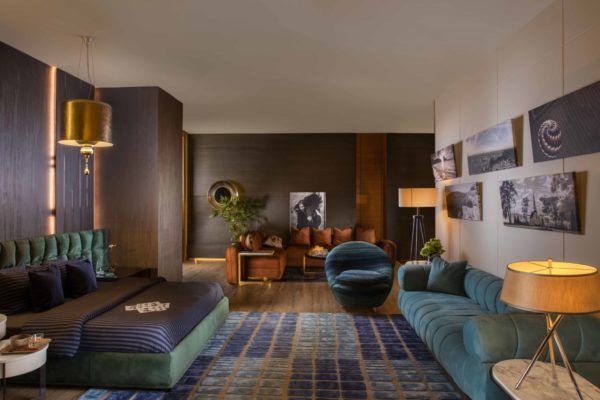
The lighting fixtures you choose should complement the style of the decor and enhance its visual appeal. For instance, a modern and minimalist space may require sleek and simple lighting fixtures, such as recessed lights or pendant lights with clean lines. A traditional and ornate space, on the other hand, may benefit from chandeliers, sconces, or table lamps with intricate details and finishes. It is also essential to consider the color palette of the space and choose lighting that complements or contrasts it effectively.
3. Evaluate the Natural Lighting
The amount and quality of natural lighting in a space can influence the type of artificial lighting you need. For instance, a room with plenty of natural light may require less artificial lighting and more accent lighting, such as table lamps or sconces, to highlight certain areas or create a cozy ambiance. A room with little or no natural light, on the other hand, may need more general lighting, such as overhead lights or track lighting, to provide sufficient illumination.
4. Choose the Right Bulbs
The type of bulbs you choose can also affect the quality and color of the lighting. For instance, incandescent bulbs provide warm and soft lighting but are less energy-efficient than LED bulbs, which offer brighter and cooler lighting. Halogen bulbs are also energy-efficient and provide bright and clear lighting, but they can get hot and may not be suitable for certain fixtures or spaces. It is essential to choose bulbs that match the fixture and the purpose of the space, and consider factors such as wattage, color temperature, and lumens.
5. Layer the Lighting
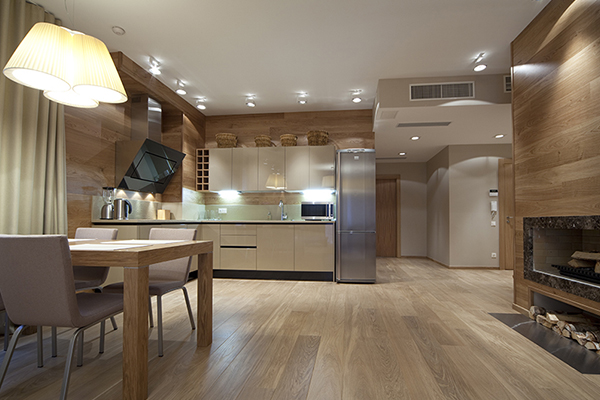
Layering the lighting means using multiple types of lighting in a space to create depth, texture, and visual interest. For instance, a bathroom may benefit from a combination of overhead lighting, wall sconces, and vanity lights to provide functional and flattering lighting for grooming and makeup. A dining room may benefit from a chandelier or pendant light as the main source of lighting, complemented by table lamps or wall sconces for accent lighting. Layering the lighting can also help create different moods and atmospheres, such as romantic, cozy, or festive.
Choosing the right type of lighting for different spaces can greatly enhance their functionality, aesthetics, and ambiance. By considering factors such as the purpose of the space, the style of the decor, the natural lighting, the bulbs, and the layering of the lighting, you can create a well-lit and inviting environment that meets your needs and preferences. Whether you opt for sleek and modern lighting or ornate and traditional lighting, make sure it fits your budget, safety standards, and sustainability goals.


